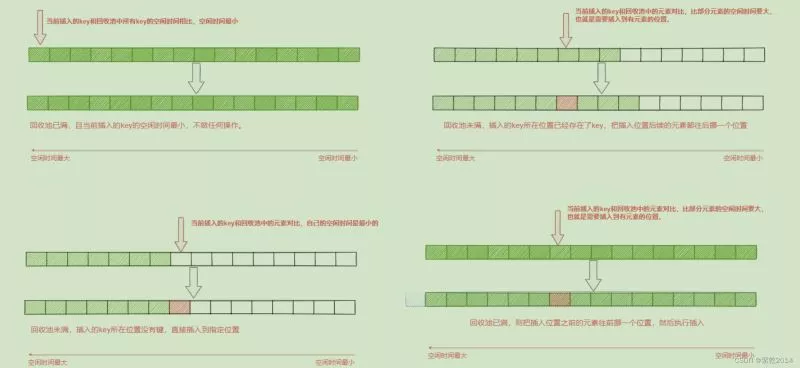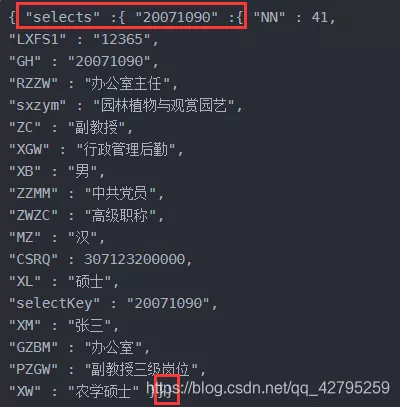当前位置:网站首页>Cartoon: looking for the best time to buy and sell stocks
Cartoon: looking for the best time to buy and sell stocks
2022-07-05 17:32:00 【Small ash】
————— the second day —————
What does that mean ? Let's take an example , Given the following array :
The corresponding stock up and down curve of this array is as follows :
obviously , From 2 The price is 1 Buy when , From 5 The price is 8 Sell when , You can get the most out of it :
The biggest payoff at this point is 8-1=7.
In the example above , Maximum 9 At the minimum 1 In front of , How can we trade ? We can't turn back time ?
————————————
The following is an example , If we have set the price 4 It's time to sell , So which is the best time to buy ?
We have to choose the price 4 The previous interval , And must be the minimum value in the interval , obviously , The best choice is price 2 The timing of the .
The first 1 Step , Initialization operation , Put the first 1 Elements as temporary minimum price ; The initial value of maximum return is 0:
The first 2 Step , Traverse to the 2 Elements , because 2<9, So the current minimum price becomes 2; There is no need to calculate the difference ( Because the front element is bigger than it ), The biggest benefit is still 0:
The first 3 Step , Traverse to the 3 Elements , because 7>2, So the current minimum price is still 2; As we said just now , Suppose the price 7 For selling point , The best buy point for that is the price 2, The difference between the two 7-2=5,5>0, So the biggest payoff right now is 5:
The first 4 Step , Traverse to the 4 Elements , because 4>2, So the current minimum price is still 2;4-2=2,2<5, So the biggest payoff is still 5:
The first 5 Step , Traverse to the 5 Elements , because 3>2, So the current minimum price is still 2;3-2=1,1<5, So the biggest payoff is still 5:
And so on , We walk through the end of the array , The minimum price at this time is 1; The biggest benefit is 8-1=7:
public class StockProfit {
public static int maxProfitFor1Time(int prices[]) {
if(prices==null || prices.length==0) {
return 0;
}
int minPrice = prices[0];
int maxProfit = 0;
for (int i = 1; i < prices.length; i++) {
if (prices[i] < minPrice) {
minPrice = prices[i];
} else if(prices[i] - minPrice > maxProfit){
maxProfit = prices[i] - minPrice;
}
}
return maxProfit;
}
public static void main(String[] args) {
int[] prices = {9,2,7,4,3,1,8,4};
System.out.println(maxProfitFor1Time(prices));
}
}Before each purchase , You have to sell your shares . Let's take the array in the following figure for example , Take a visual look at the timing of buying and selling :
In the picture , The green line represents the stage of price rise . Since there is no limit to the number of transactions , So we can buy at every low point , Sell at every high .
thus , All the green parts are our gains , The maximum total return is the sum of these local returns :
(6-1)+(8-3)+(4-2)+(7-4) = 15
As for how to judge these green rising stages ? It's simple , We traverse the entire array , But where the latter is greater than the former , It means that the stock price is in the rising stage .
public int maxProfitForAnyTime(int[] prices) {
int maxProfit = 0;
for (int i = 1; i < prices.length; i++) {
if (prices[i] > prices[i-1])
maxProfit += prices[i] - prices[i-1];
}
return maxProfit;
}—————END—————
边栏推荐
- Zhang Ping'an: accélérer l'innovation numérique dans le cloud et construire conjointement un écosystème industriel intelligent
- CVPR 2022最佳学生论文:单张图像估计物体在3D空间中的位姿估计
- 一文了解MySQL事务隔离级别
- Embedded UC (UNIX System Advanced Programming) -2
- Detailed explanation of printf() and scanf() functions of C language
- Count the running time of PHP program and set the maximum running time of PHP
- [7.7 live broadcast preview] the lecturer of "typical architecture of SaaS cloud native applications" teaches you to easily build cloud native SaaS applications. Once the problem is solved, Huawei's s
- Three traversal methods of binary tree
- WR | Jufeng group of West Lake University revealed the impact of microplastics pollution on the flora and denitrification function of constructed wetlands
- The five most difficult programming languages in the world
猜你喜欢
Example tutorial of SQL deduplication
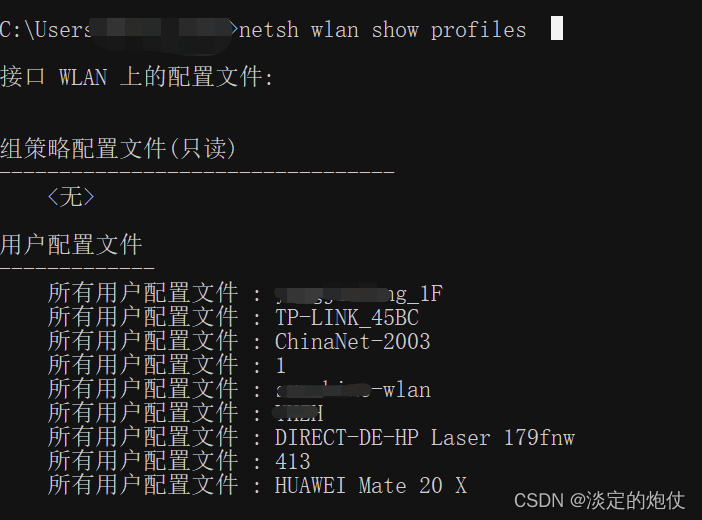
查看自己电脑连接过的WiFi密码
深入理解Redis内存淘汰策略

CVPR 2022最佳学生论文:单张图像估计物体在3D空间中的位姿估计
Tips for extracting JSON fields from MySQL

URP下Alpha从Gamma空间到Linner空间转换(二)——多Alpha贴图叠加
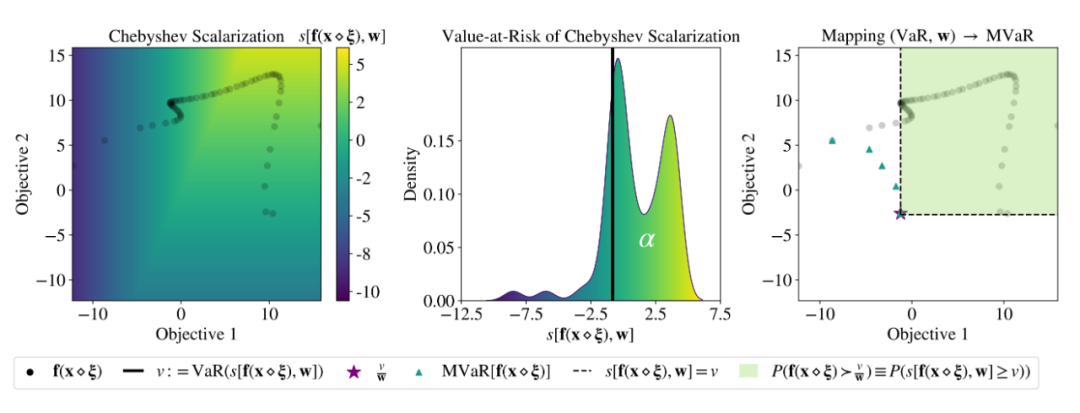
ICML 2022 | Meta propose une méthode robuste d'optimisation bayésienne Multi - objectifs pour faire face efficacement au bruit d'entrée
Complete solution instance of Oracle shrink table space
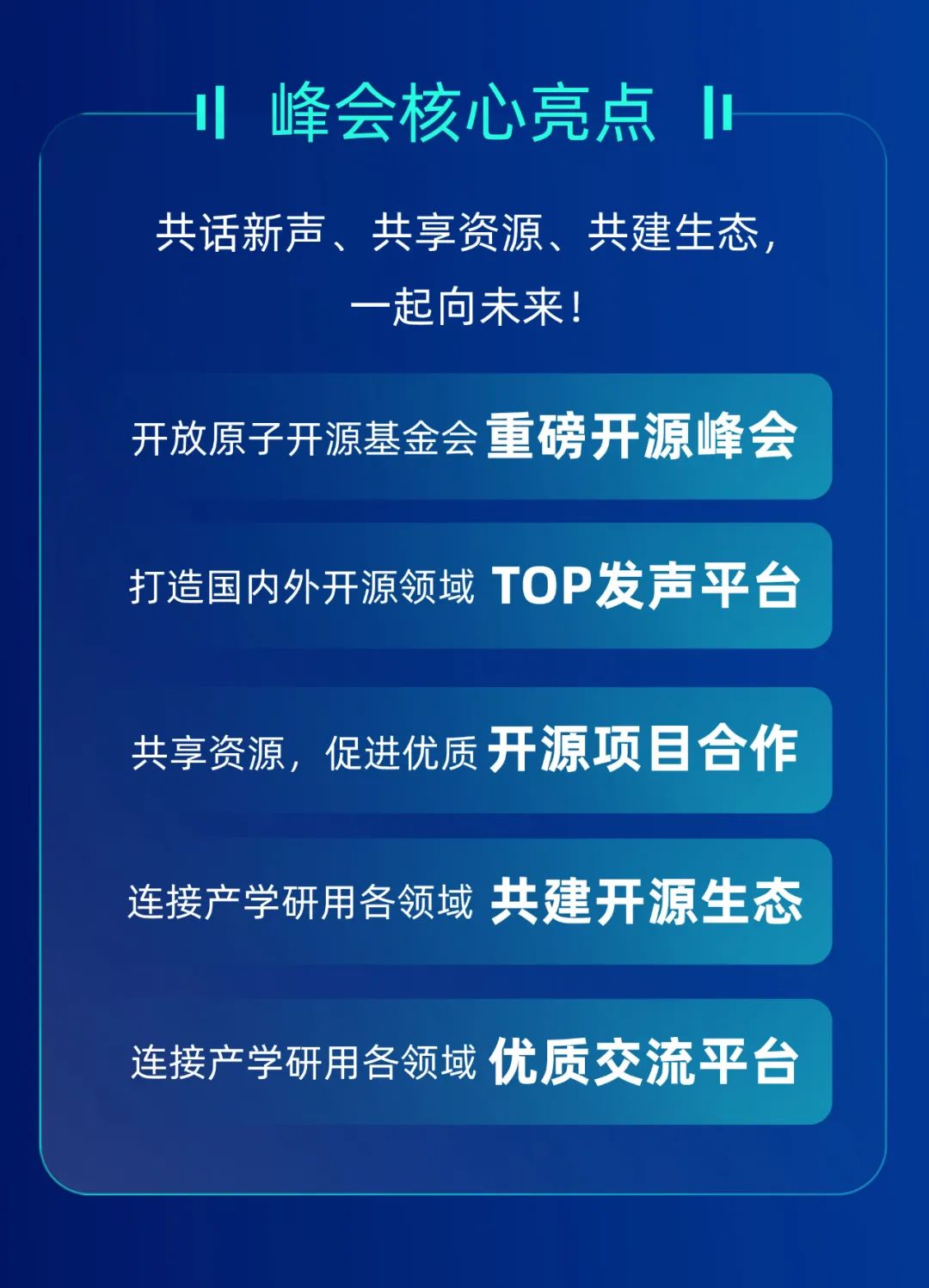
激动人心!2022开放原子全球开源峰会报名火热开启!

MySQL之知识点(六)
随机推荐
张平安:加快云上数字创新,共建产业智慧生态
Judge whether a string is a full letter sentence
33:第三章:开发通行证服务:16:使用Redis缓存用户信息;(以减轻数据库的压力)
CMake教程Step4(安装和测试)
力扣解法汇总1200-最小绝对差
Kafaka技术第一课
Oracle缩表空间的完整解决实例
WebApp开发-Google官方教程
如何保存训练好的神经网络模型(pytorch版本)
Embedded -arm (bare board development) -1
世界上最难的5种编程语言
goto Statement
Force deduction solution summary 729- my schedule I
Cartoon: interesting [pirate] question
统计php程序运行时间及设置PHP最长运行时间
The third lesson of EasyX learning
Cartoon: interesting pirate problem (full version)
Oracle Recovery Tools ----oracle数据库恢复利器
Machine learning 02: model evaluation
Matery主题自定义(一)黑夜模式

